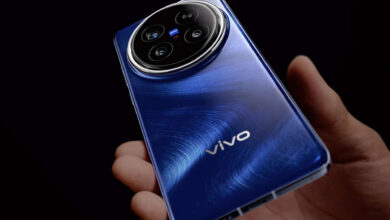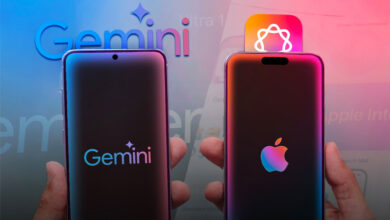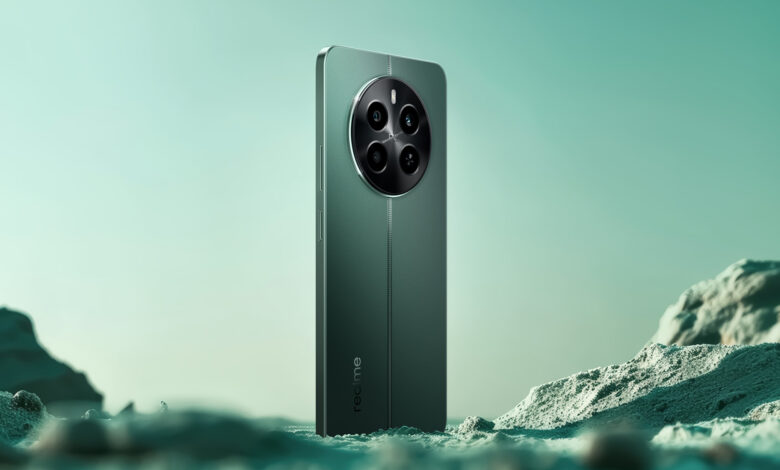
After releasing two Pro versions, Realme introduced Realme 13 4G. As can be seen from the name of this phone, it supports the LTE network and unlike the Realme 13 Pro and 13 Pro Plus models, it does not support the 5G network.
Realme 13 4G has used Snapdragon 685 chip instead of Snapdragon 7s generation 2 chip. This chip is accompanied by a seven-layer cooling system including a 4,392 square mm vapor chamber. This chip was also used in the Realme 12 4G phone and apparently no changes have been made in it.
Although the Realme 12 4G and 13 4G models have many similarities, their main difference is related to the resistance against dust penetration (IP64 vs. IP54).
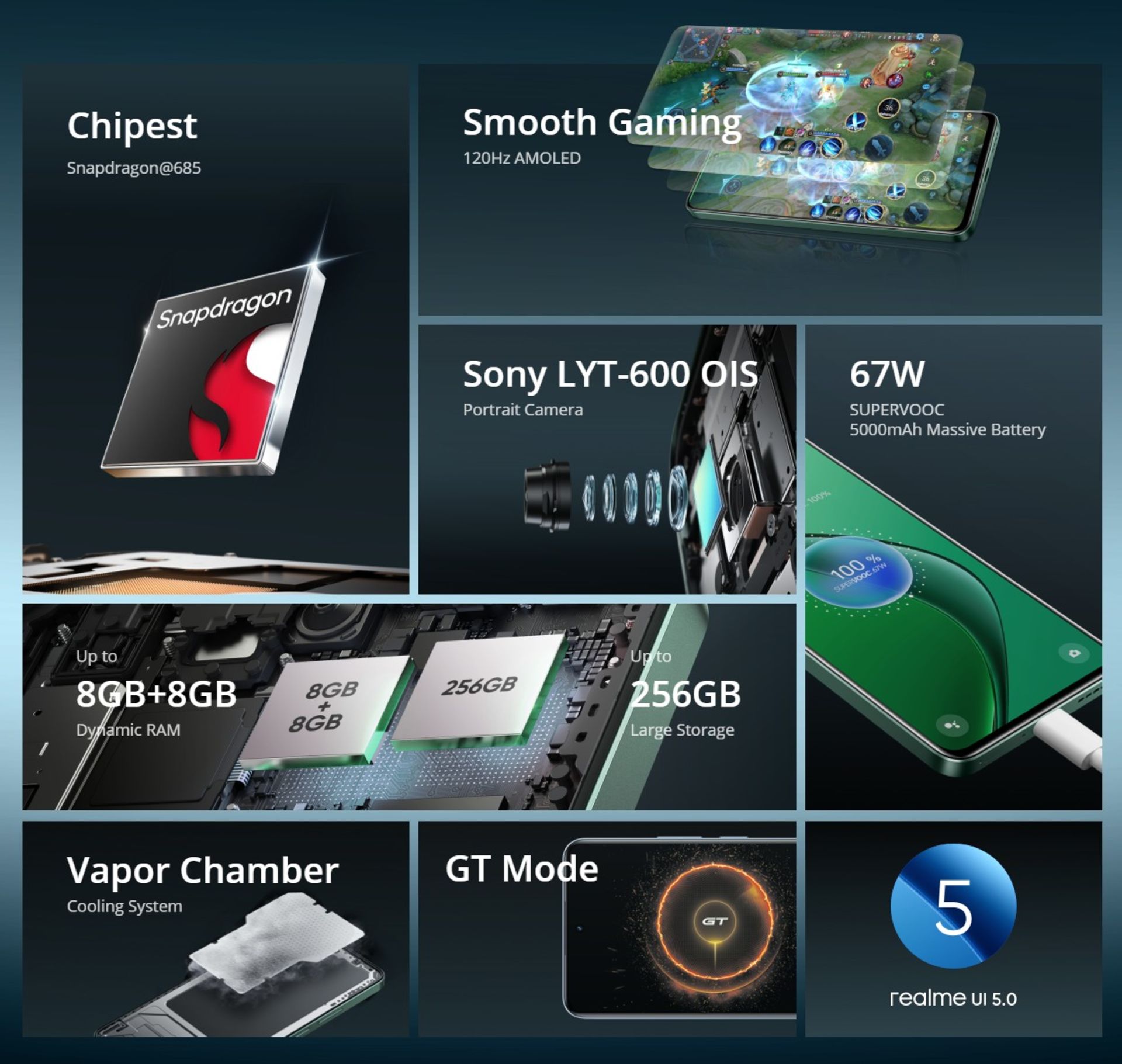
Realme
Realme 13 4G uses a 6.67-inch OLED display (E4 type) with FHD+ resolution. The screen refresh rate reaches 120 Hz and the touch sampling rate reaches 180 Hz. This 8-bit panel covers 98% of the DCI-P3 color space.
The screen brightness of Realme 13 4G reaches a maximum of 600 nits in normal mode; But it can increase up to 2000 nits. The fingerprint sensor is embedded under the display, which can also measure the heart rate.
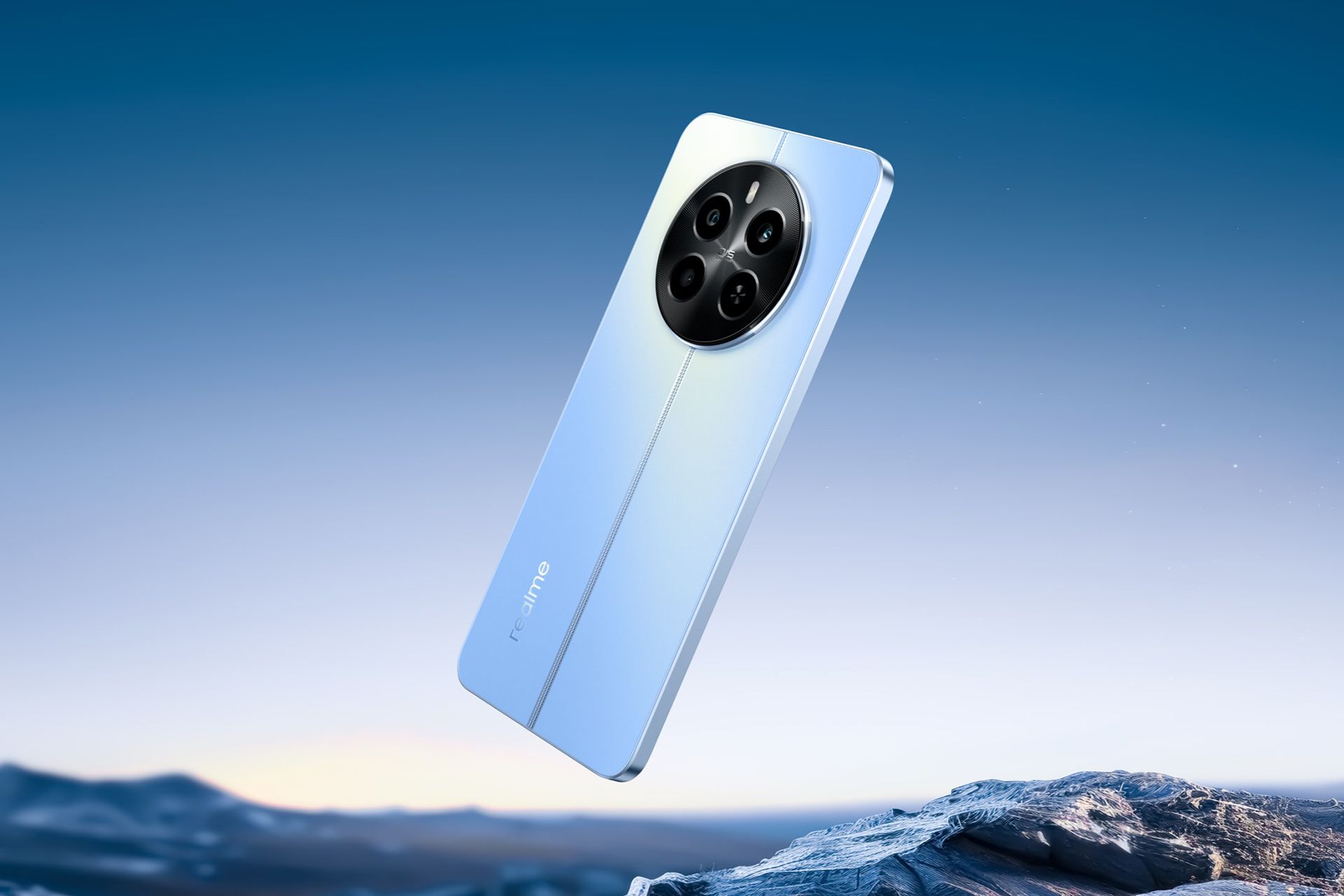
Realme
On the back panel of Realme 13 4G, there is a 50 megapixel camera with a Sony LYT-600 sensor (1/1.95 inches). This camera has an f/1.88 aperture with a focal length of 26 mm and optical image stabilization (OIS). The depth camera also accompanies the main camera. The selfie camera also uses a 16-megapixel (f/2.45) sensor. Both the front and rear cameras can record videos in 1080p quality and 30 frames per second.
Realme 13 4G is equipped with a 5,000mAh battery that supports 67W fast charging. This phone reaches 50% charge in 19 minutes and 100% charge in 47 minutes. Realme 13 4G is equipped with two speakers and has a Hi-Res Audio certificate. Fortunately, there is still a 3.5 mm headphone jack in this phone.
Realme 13 4G will be available for purchase in two versions with 128 GB of storage space and 8 GB of RAM for $185 or 256 GB of storage space and 8 GB of RAM for $200 in blue and green colors.





